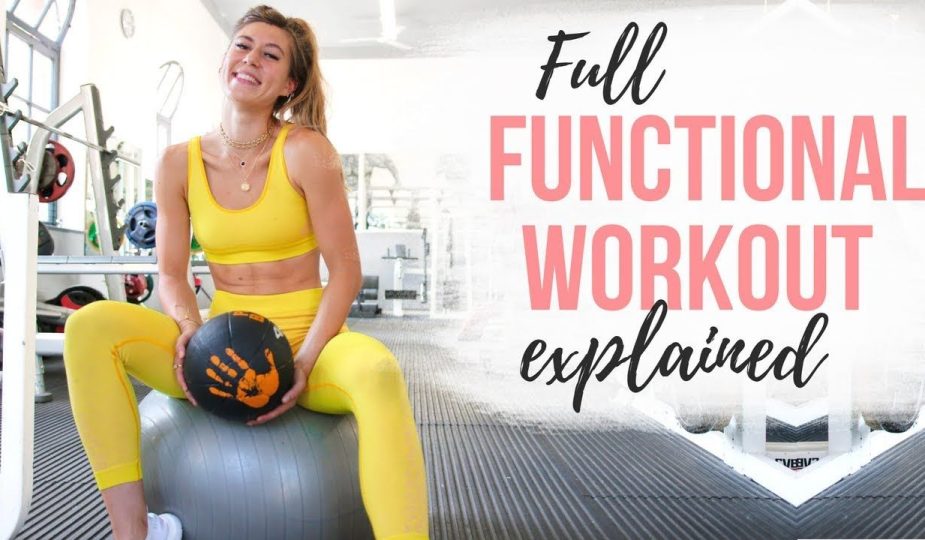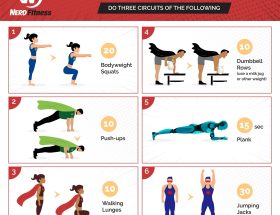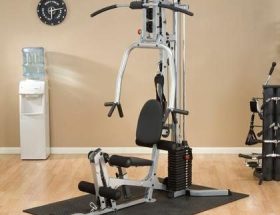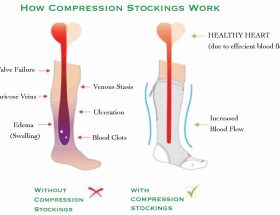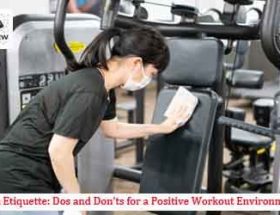Functional fitness is a type of workout that focuses on improving your overall strength, balance, flexibility, and coordination. Unlike traditional workouts that isolate specific muscle groups, functional fitness exercises engage multiple muscle groups at the same time.
Benefits of Functional Fitness Workouts
Functional fitness workouts offer numerous benefits that can improve your overall quality of life. Here are some of the main advantages:
Improved muscle strength: Functional fitness exercises engage multiple muscle groups, making them more effective in building overall strength compared to isolated exercises.
Better balance and stability: Functional fitness workouts involve movements that challenge your balance and stability, which can help prevent falls and injuries, especially in older adults.
Enhanced flexibility and mobility: The dynamic movements in functional fitness workouts can increase your range of motion and flexibility, making it more comfortable to perform daily activities.
Increased calorie burn: Due to the intense nature of functional fitness exercises, they can help you burn more calories in a shorter amount of time compared to traditional workouts.
Improved coordination and agility: Functional fitness exercises often involve coordination between different muscle groups, enhancing your overall coordination and agility.
Functional Fitness Workouts at Home
One of the great things about functional fitness is that you don’t necessarily need a gym to perform these workouts. Here are some functional fitness exercises you can do at home:
Bodyweight squats: Stand with your feet hip-width apart, squat down as if you were sitting back into a chair, then return to the starting position.
Push-ups: Place your hands shoulder-width apart on the floor, extend your legs behind you, and lower your chest towards the ground. Push back up to the starting position.
Plank: Start in a push-up position, but rest your forearms on the ground. Engage your core and hold this position for as long as possible.
Lunges: Step forward with one leg, bending both knees until your back knee is just above the ground. Return to the starting position and alternate legs.
Mountain climbers: Start in a push-up position and quickly alternate bringing your knees towards your chest, as if climbing a mountain.
These exercises are just a few examples of the many functional fitness workouts you can do at home. You can create your own routine by combining different exercises and increasing the intensity as you progress.
Functional Fitness Workouts in the Gym
If you prefer going to the gym or want to challenge yourself further, there are plenty of functional fitness equipment available. Here are some popular options:
Kettlebells: Kettlebells are versatile and can be used for various functional exercises such as swings, goblet squats, and Turkish get-ups.
Battle ropes: Battle ropes provide a full-body workout, engaging your core, arms, and legs. You can perform exercises like waves, slams, and rotational movements.
Suspension trainers: These straps can be anchored to a door, wall, or ceiling and allow for a wide range of bodyweight exercises that target different muscle groups.
Medicine balls: Medicine balls can be used for exercises like wall balls, Russian twists, and overhead slams, providing an effective way to improve strength and power.
Sandbags: Sandbags add an extra challenge to your functional fitness workouts. They can be used for exercises like squats, lunges, and carries.
Working out with functional fitness equipment in the gym offers additional resistance and variety to your routine, making your workouts more dynamic and engaging.
Tips for a Safe and Effective Functional Fitness Workout
Here are a few tips to keep in mind while performing functional fitness workouts:
Start gradually: Whether at home or in the gym, begin with exercises that suit your fitness level and gradually increase the difficulty as you become more comfortable and stronger.
Focus on proper form: Correct form is crucial to avoid injuries and maximize the benefits of functional fitness workouts. If needed, consult a professional trainer for guidance.
Warm-up and cool-down: Before starting any workout, warm up your muscles with dynamic stretching and conclude with stretching and foam rolling to cool down.
Listen to your body: Pay attention to any pain or discomfort during your workouts. If something doesn’t feel right, modify the exercise or consult a healthcare professional.
Stay consistent: To reap the benefits of functional fitness, it’s important to maintain a consistent workout routine. Aim for at least 2-3 sessions per week.
Functional fitness workouts can be a fun and challenging way to improve your overall fitness level. Whether you choose to work out at home or in the gym, incorporating these exercises into your routine can have significant long-term benefits on your strength, balance, flexibility, coordination, and overall well-being.
